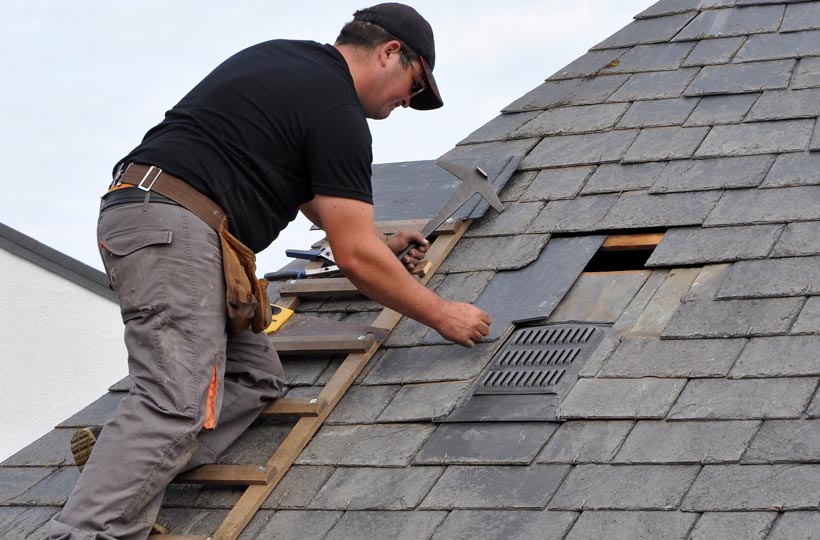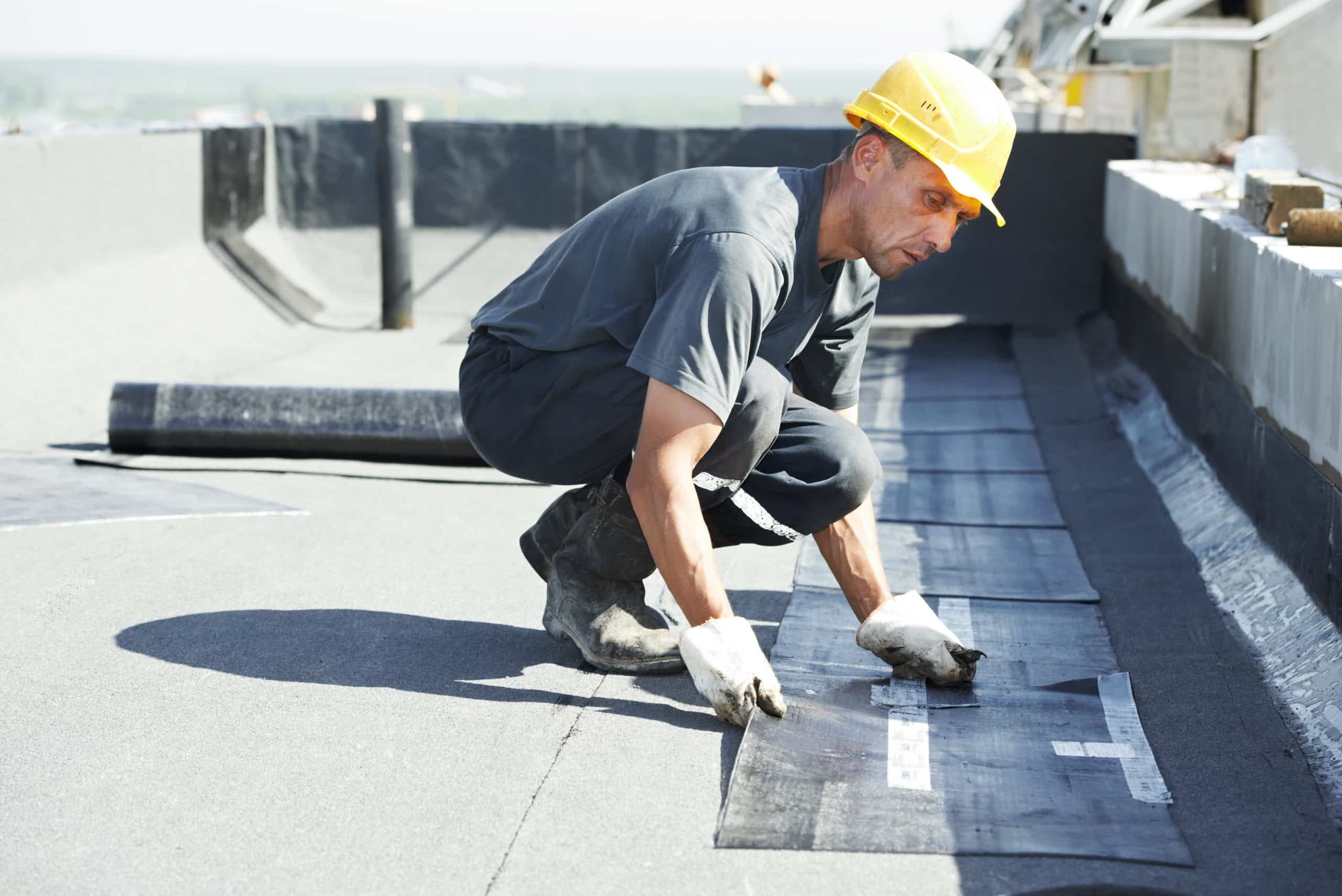Roofers Oahu: Expert Roof Installations and Repairs
Roofers Oahu: Expert Roof Installations and Repairs
Blog Article
Comprehending the Various Kinds Of Roofing Systems: A Comprehensive Guide for Homeowners
In the realm of homeownership, selecting the appropriate roof style is a decision that brings significant effects for both capability and aesthetic charm. With a range of choices-- ranging from the conventional gable to the modern flat-- each type presents special benefits and obstacles that need to line up with the house owner's particular needs and ecological factors to consider. Comprehending these differences not just help in making an enlightened option yet also affects long-term maintenance and energy performance. As we check out the complexities of numerous roof covering types, it becomes obvious that a person dimension does not fit all; the best choice might surprise you.
Saddleback Roof
Saddleback roofs, characterized by their triangular form, are amongst one of the most prominent roof covering styles due to their simpleness and performance in shedding water and snow. This style includes two sloping sides that meet at a ridge, enabling for efficient drainage and minimizing the threat of water accumulation. The high pitch frequently linked with saddleback roofs boosts their capacity to manage heavy rainfall, making them suitable for various environments.
Along with their practical benefits, gable roof coverings supply visual versatility. They can be adjusted to numerous architectural styles, from standard to modern-day homes. The design can additionally fit extra attributes such as dormer home windows, which improve natural light and ventilation in the attic room area.
Additionally, gable roofings give ample space for insulation, adding to energy efficiency. Home owners can select from a selection of roof materials, including asphalt roof shingles, metal, and floor tiles, further improving modification choices.
In spite of their benefits, saddleback roofs may call for additional support in locations susceptible to high winds or heavy snowfall. Generally, the gable roof stays a popular choice due to its mix of functionality, resilience, and visual allure.
Flat Roofs
Flat roofing systems are usually identified for their minimal style and useful applications, specifically in industrial and commercial settings (oahu roofing). These roofings feature a virtually horizontal or horizontal surface, which enables simple building and versatile room use. While they may do not have the aesthetic charm of angled roofs, level roofing systems provide numerous advantages, especially in metropolitan environments where optimizing area is critical
Among the key benefits of level roofing systems is their accessibility. Home owners can utilize the roof covering area for various functions, such as roof yards, balconies, or solar panel installments. In addition, level roof coverings are typically more affordable to maintain and mount compared to their sloped counterparts, as they need fewer materials and labor.
Usual products made use of for flat roofs consist of built-up roof (BUR), customized asphalt, and single-ply membranes, each offering distinctive advantages. Overall, level roof coverings serve as a versatile and practical option for many home owners and organizations alike.
Hip Roofs
Hip roofings are identified by their sloped sides that assemble at the top, developing a ridge. This design is distinctive from saddleback roofs, as all four sides of a hip roofing incline downwards towards the walls, offering an extra stable structure. The angle of the inclines can vary, permitting adaptability in architectural appearances and performance.
One of the primary benefits of hip roof coverings is their ability to withstand hefty winds and negative weather problems. The sloped surface areas enable far better water drainage, lowering the danger of leaks and water damage. Furthermore, hip roofing systems provide boosted attic room, which can be made use of for storage and even exchanged habitable locations.
However, building a hip roof can be a lot more complex and expensive than simpler roof covering types, such as saddleback roofs. The extra material and labor included in creating the inclines and guaranteeing correct architectural honesty can cause higher expenses. In spite of these downsides, several house owners favor hip roof coverings for their durability, aesthetic charm, and potential for energy effectiveness.
Mansard Roof Coverings
Mansard roofs, usually acknowledged by their special four-sided layout, attribute 2 inclines on each side, with the reduced slope being steeper than the top. This architectural design, stemming from France in the 17th century, is not only cosmetically attractive yet useful, as it optimizes the useful room in the top floorings of a structure. The high reduced slope enables more headroom, making it an optimal option for lofts or attics, which can be converted right into living spaces.
Mansard roof coverings are defined by their flexibility, suiting various building designs, from standard to modern. They can be constructed with various materials, including asphalt roof shingles, slate, or steel, providing homeowners with a try this website series of alternatives to suit their preferences and spending plans. In addition, the design permits the integration of dormer windows, improving natural light and ventilation in the top degrees.
Nonetheless, it is necessary to take into consideration the potential downsides. Mansard roofings may need more maintenance as a result of the intricacy of their style, and their high slopes can be testing for snow and rain drainage. In general, mansard roofing systems integrate beauty with practicality, making them a preferred option among property owners seeking unique architectural attributes.
Shed Roofs
As home owners increasingly seek simpleness and functionality in their architectural designs, lost roof coverings have actually emerged as a preferred selection. Defined by a solitary sloping plane, a shed roof offers a minimal aesthetic that enhances different home designs, from contemporary to rustic.
One of the key advantages of a shed roof covering is its straightforward building, which often translates to reduce labor and product prices. This style enables reliable water drainage, decreasing the threat of leakages and water damages. Additionally, the upright incline supplies enough room for skylights, enhancing all-natural light within the interior.
Lost roofings likewise supply versatility in terms of usage. They can be efficiently integrated right into additions, garages, or exterior frameworks like sheds and structures. Additionally, this roof covering style can fit various roof covering materials, consisting of steel, asphalt shingles, or perhaps environment-friendly roofings, aligning with environment-friendly campaigns.
Nevertheless, it is important to take into consideration regional climate problems, as heavy snow loads may necessitate modifications to the roof's angle or structure. Generally, dropped roofing systems provide a practical and cosmetically pleasing option for home owners looking to take full advantage of performance without endangering style.
Verdict


Gable roofs, characterized by their triangular form, are amongst the most popular roof covering styles due to their simpleness and efficiency in dropping water and snow. oahu roofing. The high pitch frequently linked with gable roofing systems boosts their capacity to take care of heavy precipitation, making them suitable for numerous environments
While they may lack the aesthetic charm of pitched roofings, flat roofing systems provide countless advantages, particularly in urban sites environments where optimizing room is crucial.

Report this page